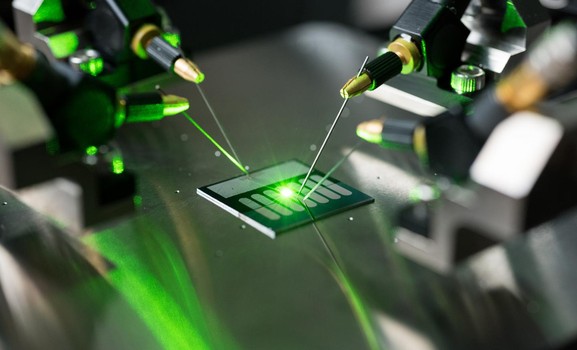Baratunde Cola, an associate professor in the George W. Woodruff School of Mechanical Engineering at Georgia Tech, and colleagues are the first to develop a working prototype that can convert solar energy into direct current. The device called an optical rectenna has the potential of making solar cells that cost ten times less than present technology and are twice as efficient.
The original model for the device was made more than 50 years ago. This version is the only device that actually can convert light into electricity. The use of multiwall carbon nanotubes connected to a specially designed rectifier diode that is capable of speeds that can capture the oscillations of light waves is the only system that has worked. The device at present is very small. The combination of a multitude of the present model of the optical rectenna could produce sufficient power for the device to be competitive with any known solar energy system.
The prototype operates at less than one percent efficiency at present. The researchers expect to produce new models that operate at higher efficiencies by reducing the distance between the antenna and the rectifier. The engineers also plan on producing optical rectenna on a flexible plastic substrate to accommodate the need for shaping solar panels to any shaped surface. The device is actually very simple. If and most likely when, the new models that are more efficient become commercially available the optical rectenna will take over the solar energy market due to low costs and higher efficiency.















